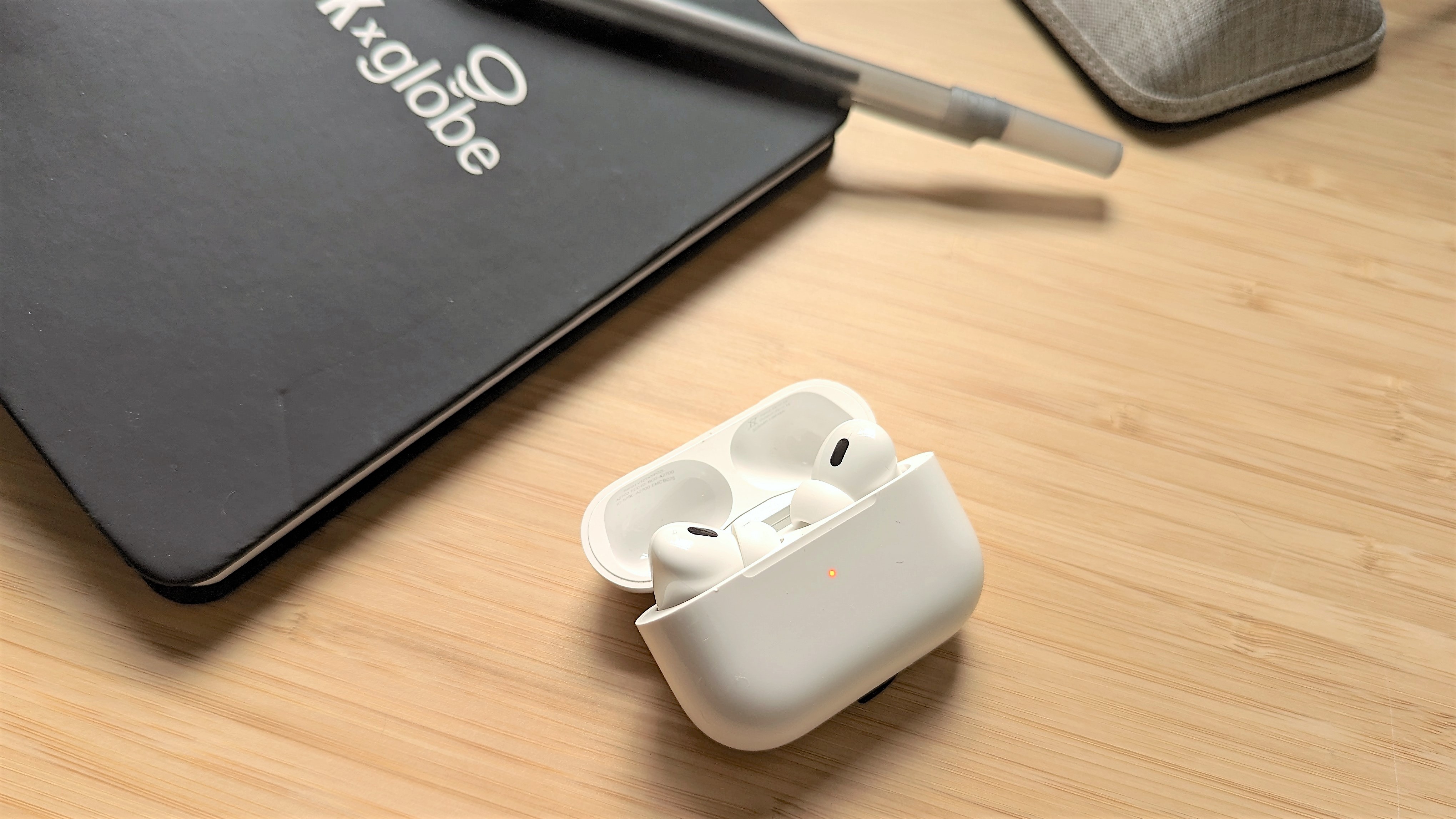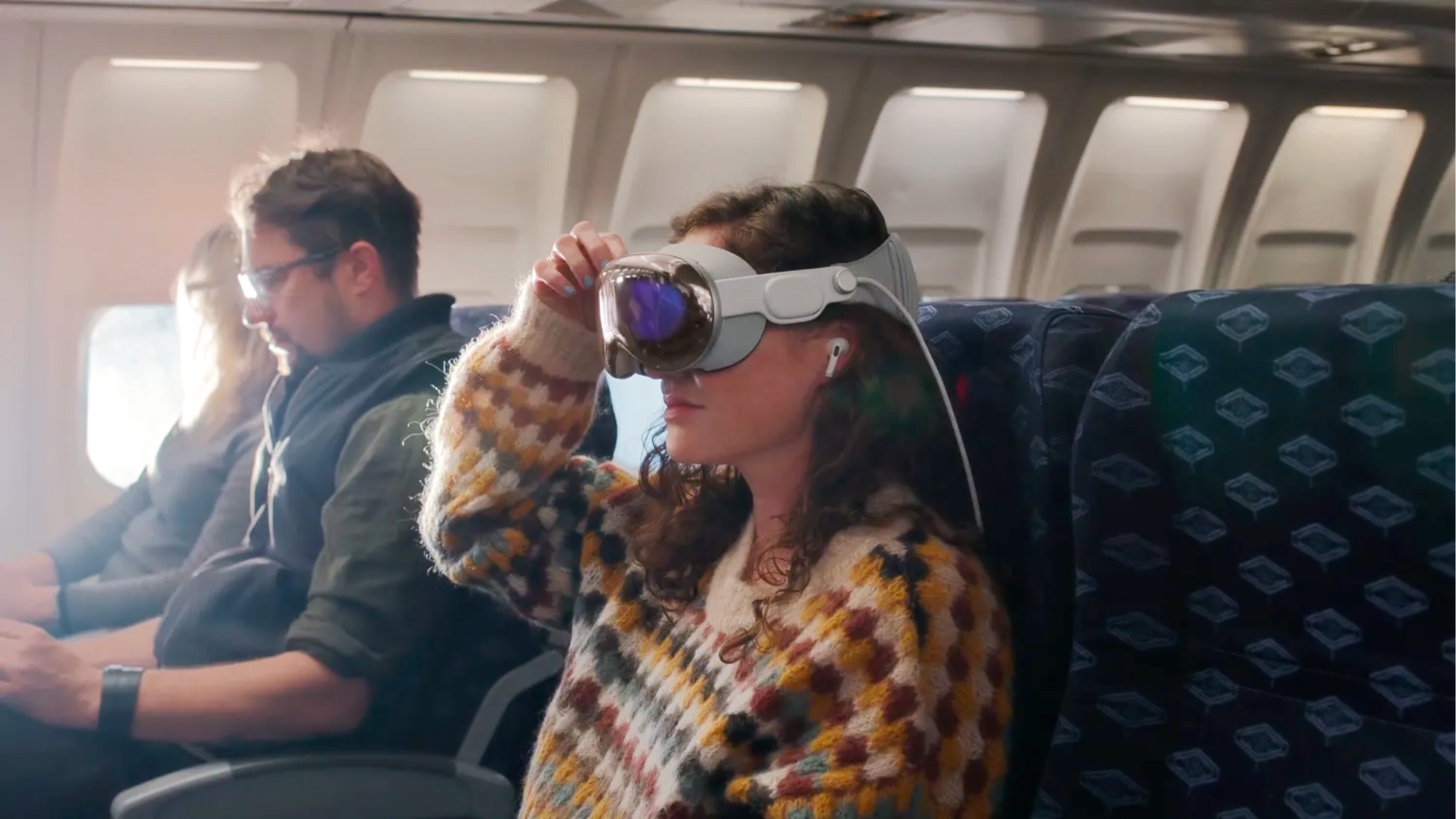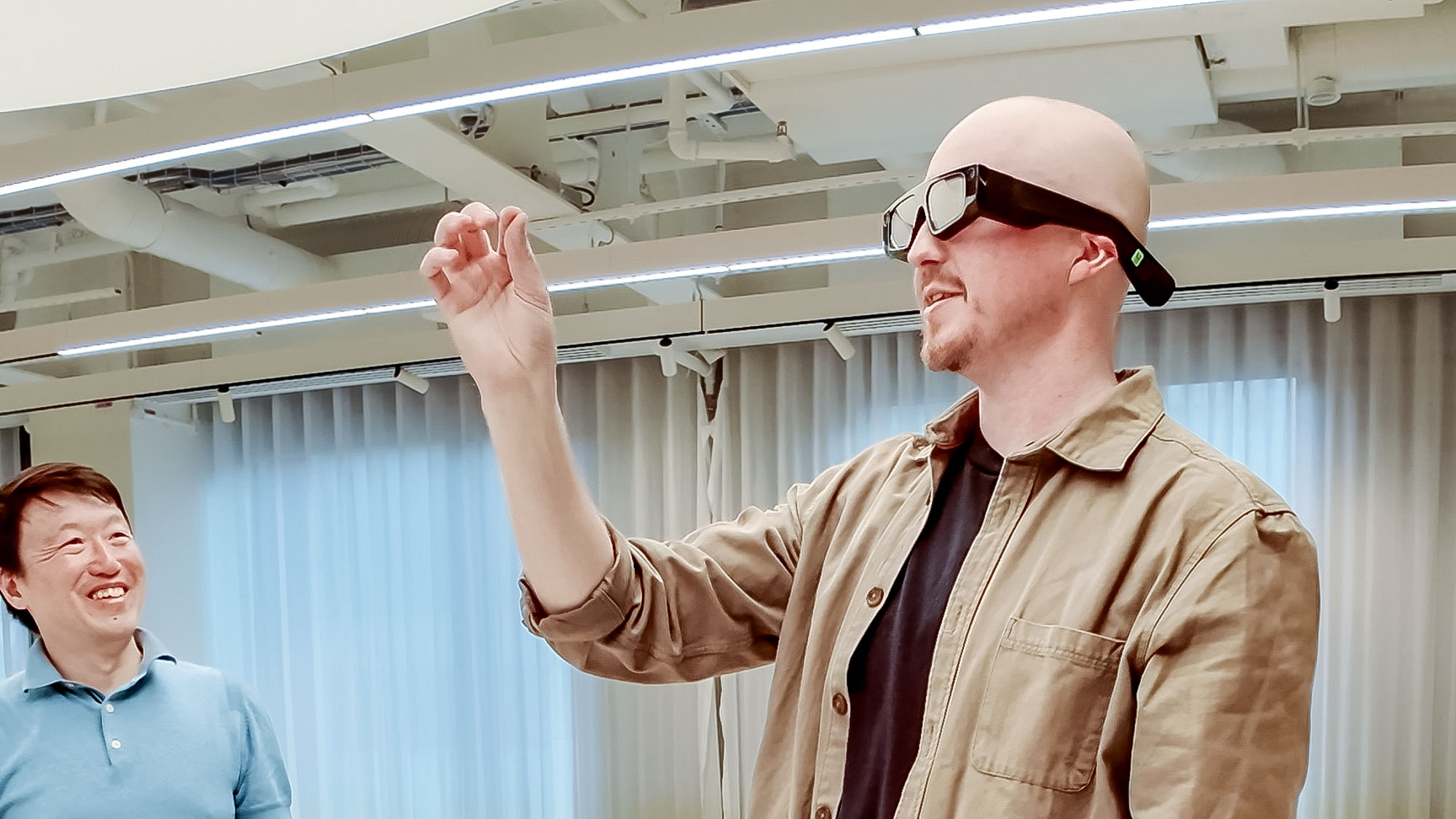
To the untrained eye, there’s not a huge difference in design between the AirPods Pro 2 with Lightning Port and the new AirPods Pro 2 with MagSafe Charging and USB-C that Apple just announced at its Wonderlust iPhone 15 event. The only visible difference is the titular USB-C port on the bottom.
But hidden in the specs is a new feature: lossless audio support. According to the information on Apple’s website, it’ll be available first on the Apple Vision Pro — but, strangely, not on the iPhone 15, iPad or Apple TV 4K.
As someone who streams music from my iPhone all the time, this is a huge disappointment — and, worse than that, feels like a waste of what is going to be a very cutting-edge technology on a device that very few of us will own.
Here’s why adding lossless audio support to the Vision Pro Headset instead of the iPhone or iPad is a mistake.
What is lossless audio and why do I want it?
So what is lossless audio and why is the Apple Vision Pro the only device that supports it? Lossless audio, by its definition, is audio that has not been compressed in any way. If you’ve seen a WAV file on your computer at some point, you’ve seen a lossless audio file.
It’s possible to achieve lossless audio playback on a computer or laptop if you connect them to a wired pair of headphones or connect a wireless speaker via Wi-Fi to your phone or tablet.
So how do you actually listen to lossless audio? It’s possible to achieve lossless audio playback on a computer or laptop if you connect them to a wired pair of headphones or connect a wireless speaker via Wi-Fi to your phone or tablet. If you connect two devices any other way — like, say, Bluetooth — the audio is going to be compressed.
Because the Vision Pro is a device that you can use anywhere — not just your house — Apple had to create a wholly new wireless protocol, one that doesn’t even have a name yet. From what we can tell, that new wireless protocol uses Apple’s H2 Wireless Chip that’s found inside both the AirPods Pro 2 and the Vision Pro and some new software that Apple is saving for the Vision Pro’s launch.
Unfortunately, either that software, the H2 Chip or some sort of third secret feature are missing from devices like the iPhone 15, iPad and Apple TV 4K. In short, that means most devices you already own won't be able to play lossless audio.
The importance of realism in virtual reality

I'm not going to defend Apple's decision to limit lossless audio to the Vision Pro, but I understand where the company is coming from.
For starters, the Vision Pro is a premium product. Premium products usually get the best technology first. That's just the way it goes. It helps take some of the sting out of the Vision Pro's $3,499 sticker price, though you could certainly buy a hi-res audio player that supports lossless files for a quarter of the cost.
The bigger argument that Apple could make for its inclusion on the Vision Pro is that realistic-sounding audio is key to the experience. Any missing details could take users out of the immersive experience — something Apple would want to avoid.
The problem with this line of thinking, however, is that the AirPods Pro 2 don't come bundled with the headset. You have to buy them separately — i.e. spatial audio isn't so important to the Vision Pro that Apple's willing to bundle AirPods in with them.
The future of lossless looks bright
It's easy to be a curmudgeon about the whole ordeal. Here's Apple with this cutting-edge technology for lossless audio playback over a new type of local wireless network, and it's squandering that potential on a device that most folks either don't want or can't afford.
The obvious silver lining here is that Apple won't keep the technology relegated to the Vision Pro for very long. Sure, lossless audio support might need to launch on the Vision Pro to help justify its price tag, but the wireless audio technology very quickly could come to iPhones and iPads next year.
It's a reasonable assumption that, sometime in the next 12 months, we'll be hearing about another Apple product or two that will support lossless audio.
Unfortunately, we don't have any idea what Apple's extended plans are — but it's a reasonable assumption that, sometime in the next 12 months, we'll be hearing about another product or two that will support lossless audio. Maybe the AirPods Max 2?
Regardless of the device, that's the day I'll be waiting for.
More from Tom's Guide
Sign up to get the BEST of Tom's Guide direct to your inbox.
Get instant access to breaking news, the hottest reviews, great deals and helpful tips.

Nick Pino heads up the TV and AV verticals at Tom's Guide and covers everything from OLED TVs to the latest wireless headphones. He was formerly the Senior Editor, TV and AV at TechRadar (Tom's Guide's sister site) and has previously written for GamesRadar, Official Xbox Magazine, PC Gamer and other outlets over the last decade. Not sure which TV you should buy? Drop him an email or tweet him on Twitter and he can help you out.
-
Keng Yuan Maybe they figured people who care about lossless audio are the target audiences for Vision, lol, kind of true.Reply
